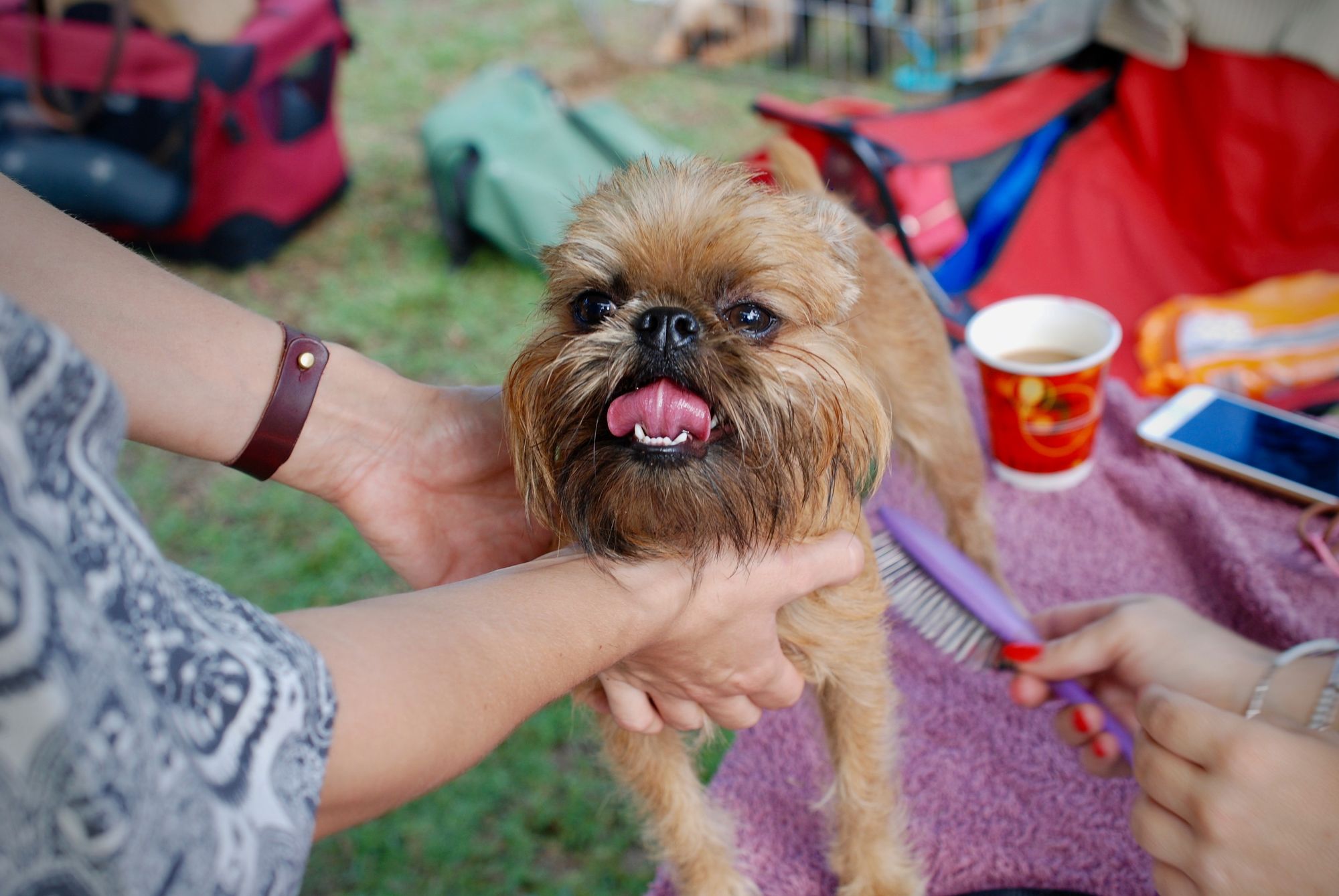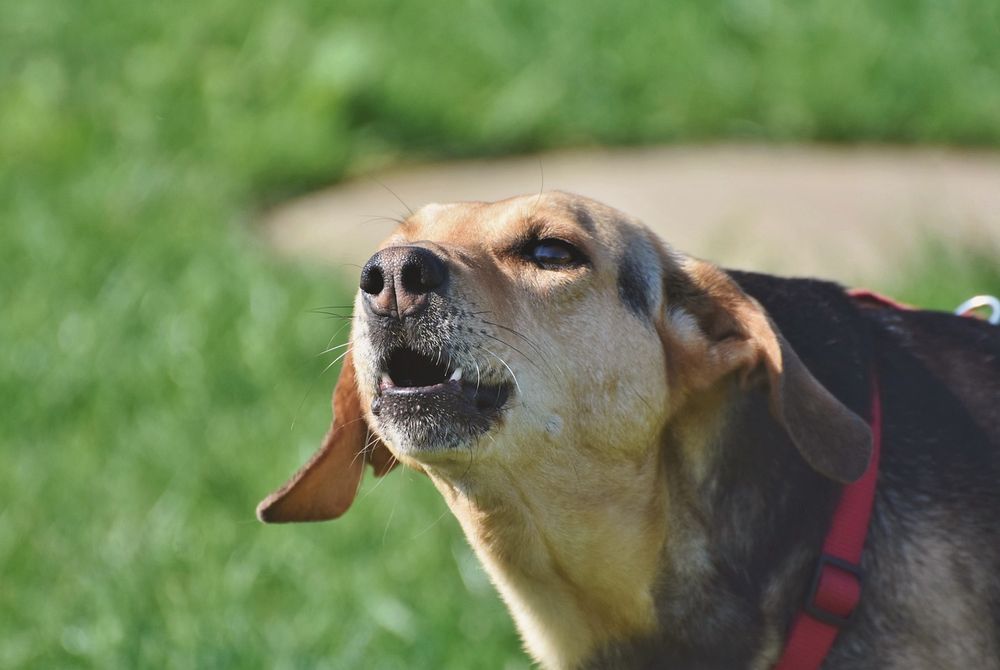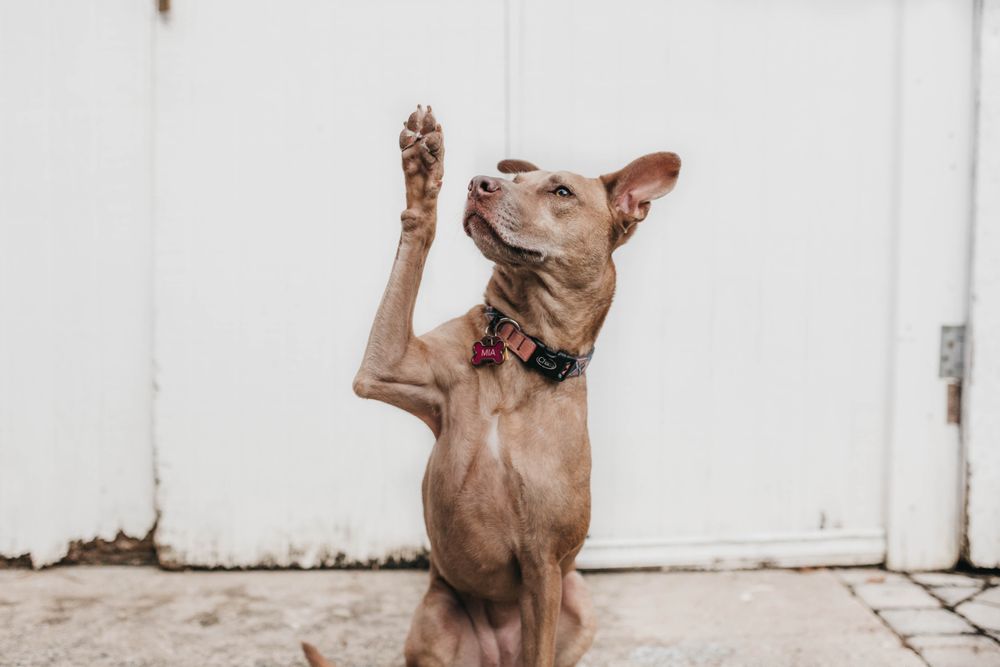Brushing is an important grooming activity that will help your dog look and feel good. Every time you brush your dog, you’re stimulating the skin, removing dead hair, distributing natural oils, and becoming more familiar with your dog’s body. To help facilitate healthy brushing habits, this article will explain:
- How often you should brush your dog
- How to brush your dog
- How to select a brush
- Frequently asked questions about brushing a dog
How often should you brush your dog?
You should brush your dog every 1 to 3 days. This will help them maintain a healthy coat.
How to brush your dog: the basics
The key to brushing your dog is to help them get comfortable with the brush. To do this:
- Start by simply showing your dog the brush. Every time they sniff the brush, say “Yes” and give your dog a treat. By doing this, you’re helping them make a good association with the brush.
- Touch their body with the brush. Once your dog is comfortable sniffing the brush, start touching different areas of their body with the back of the brush. Every time you touch the brush to their body, say “Yes” and give them a treat.
Once your dog is comfortable with the back of the brush touching their body you can start brushing their coat. To do this:
- Brush in the direction of hair growth. Brushing in the opposite direction of hair growth could hurt your dog and make the brushing session unpleasant. By brushing in the direction that their hair grows, you’ll help your dog feel more comfortable and help remove any tangles in their coat.
- Brush slowly and use medium pressure. This will ensure you don’t hurt your dog’s skin and also are able to remove dead hairs.
- Work at your dog’s speed. To help your dog get used to having their coat brushed, keep the sessions short and work at your dog’s speed. Stop immediately and try another day if your dog shows signs of stress or discomfort.
- Provide your dog with lots of rewards. Help your dog feel good about brushing by feeding them treats or providing them with other rewards throughout each brushing session.

How to select a brush
Dogs with a long coat
Slicker brushes, pin brushes and deshedding brushes are great for dogs with long hair. This is because:
- Slicker brushes are good for detangling and removing dead hair and loose fur. They’re especially useful for dogs with a thick coat, curly fur or an undercoat.
- Pin brushes are good for dogs whose hair can become frizzy from using a slicker brush. Since the pins are more widely spaced in relation to a slicker brush, the brush causes less static.
- Combo brushes have a pin brush on one side and a bristle brush on the other. These are a great option because the pin brush can get through tangles while the bristles stimulate oil production. Increased oil production is good for your dog’s skin and can also reduce shedding.
- Deshedding brushes/combs are for dogs who shed a lot and can be particularly useful during periods of excessive shedding.
Dogs with a short or medium coat
Combo brushes are the best option for dogs with short or medium coats. This is because combo brushes have a pin brush on one side to get through tangles and a bristle brush on the other to stimulate oil production.
Dogs with a wire coat
The best brush option for a dog with a wire coat (e.g. Wire Fox Terrier, Scottish Terrier, Jack Russell) is a slicker brush. This is because the brush detangles knots and removes loose hair, dirt and dander.
Frequently asked questions about brushing your dog
Is it better to brush a dog wet or dry?
Brush your dog when their coat is dry. Brushing while your dog’s coat is wet can be painful for your dog and result in more tangles.
What can you do if your dog hates brushing?
Take a step back and focus on helping your dog get comfortable with the brush first. Reward them for any interaction, including looking at or sniffing the brush. Once your dog is comfortable interacting with the brush, you can resume brushing. Keep sessions short, provide lots of rewards throughout, and work at your dog’s speed. Stop immediately if your dog shows signs of stress or discomfort.




